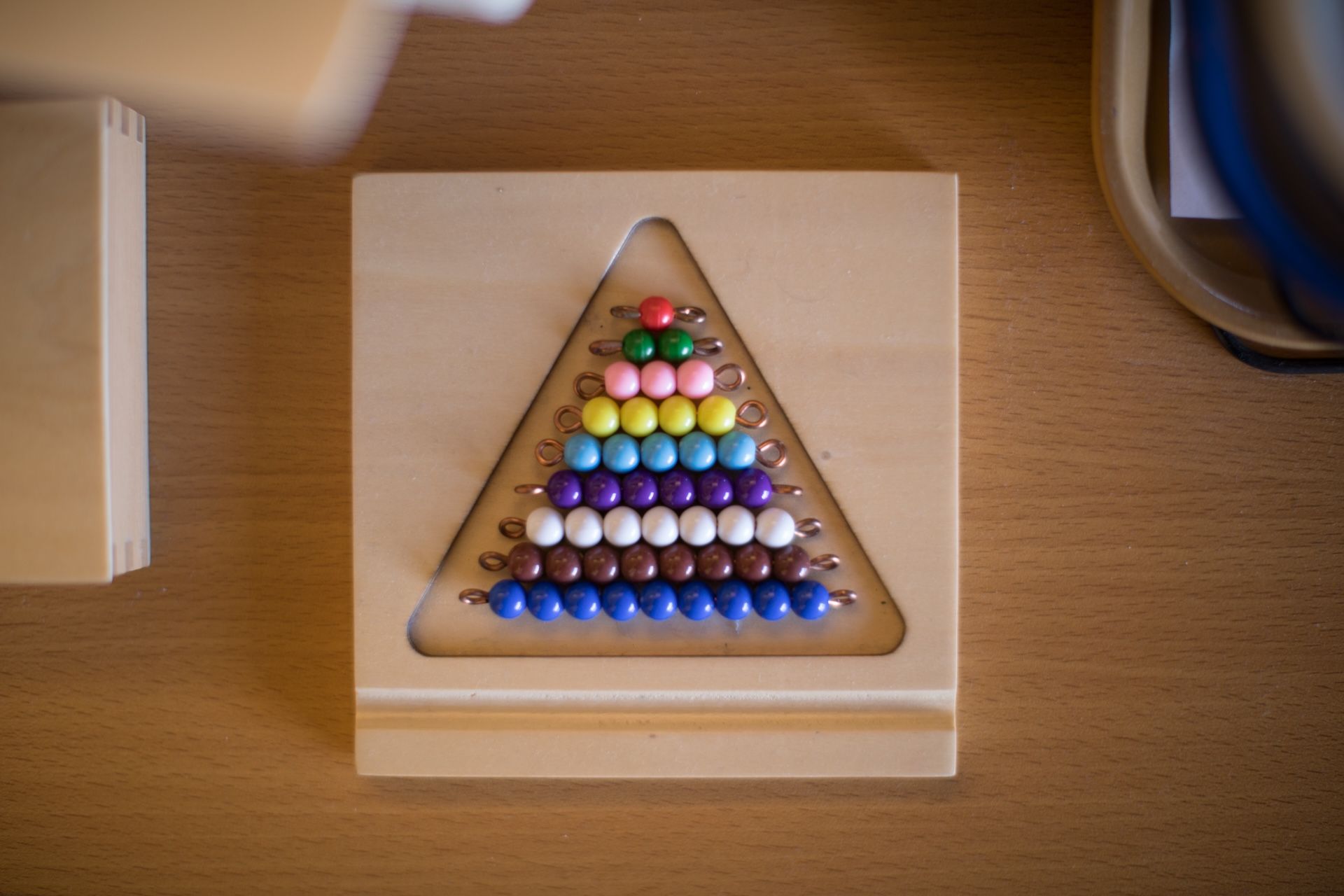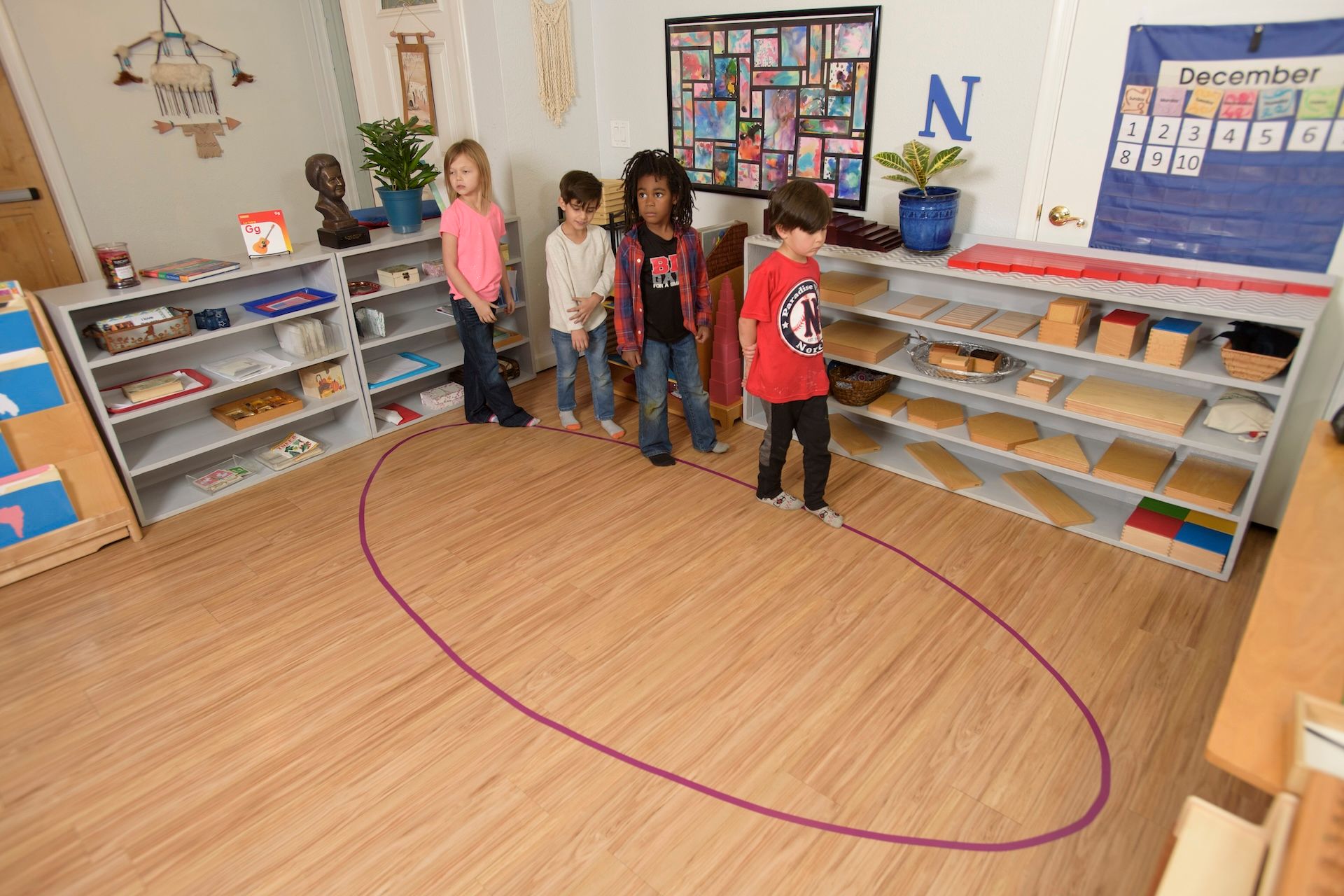Primary among complaints about public education currently is that it discourages creativity. Learning how to think in new ways is critical to having the best possible future. The greatest thinkers of our times have been innovators who conceive of new ways to solve everyday problems. Montessori education actually fosters creativity in greater measure than other schools. Here are four ways Montessori adds hands-on creativity for students in all its programs.

Introduction with Shapes
Some people make arguments about how flexible Montessori education really is, considering the strict rules they have about shapes and the introduction of objects. This early rigor has serious benefits for young minds. They learn how to think about physical objects—from the thick blocks of the Pink Tower to the Golden Beads for mathematical introduction—in terms of how they take up space. Montessori students are introduced to shapes with tracing and coloring activities. In this way, they learn more about the real world limitations of shapes and how they can work within them. They develop a concept of space early on that make it easier to conceptualize structures or map out building plans.
Natural Connection
Dr. Montessori believed there was no better way to teach children about creative spirit than to expose them to the mysteries and magic of the natural world. From the intricate webbing of individual leaves to the curious growth cycles of caterpillars who become butterflies. There is a beautiful, delicate balance in nature that inspires children (not to mention teenagers and adults) towards more artistic pursuits. Variations in nature also expose children to differences in biology which encourages students to incorporate that same creative power in scientific pursuits.
Growing Abstracts
Modern art came to its height after Montessori’s programs had already been well established. However, the expressions of these more contemporary artists aren’t lost on modern curriculum builders. Modern art explores color and shape in ways not always visible in the natural world. To foster a more creative spirit, especially in older children, Montessori often exposes students to the more interesting patterns and experiments in art. Although the art curriculum hasn’t been standardized to the same degree as other Montessori subjects, a good school will seek to introduce children of all ages to different types of art in the hopes of building a more creative spirit.
Material Concerns
The graduated approach of Montessori learning is no different when applied to art. Although students of any age can appreciate all kinds of art, creating it in all media would prove very difficult. Some materials require an exceptionally fine touch and aren’t well suited to children—oil painting and beading come to mind. Teachers guide students to materials that are appropriate for their age and skill level. This avoids frustration and self-doubt in students who are just trying to express themselves well. Giving students the right tools and materials to create will boost their spirits and help develop a lifelong love of the arts.
A Montessori education is ideal for establishing long-term creativity in children. Spending more time in the Montessori art program would help elementary school students even beyond the knowledge of art. This creative foundation helps them as they grow and learn to solve problems. Whether they grow up to be artists or engineers, creative thinking will provide tons of benefits to students throughout their lives.
The post 4 Ways Montessori Adds Hands-on Creativity appeared first on Pebblecreek Montessori.
Hours
MONDAY - FRIDAY
HALF DAY: 8:30a – 12 noon
ACADEMIC DAY: 8:30a – 3:30p
EARLY CARE: 7:00a – 8:30a
AFTER CARE: 3:30p – 6:00p
OFFICE: 8:00a - 4:00p
Programs
Connect
Pebblecreek Montessori




